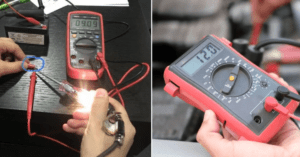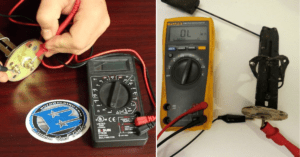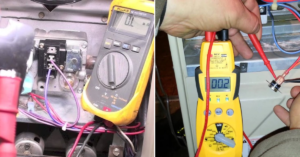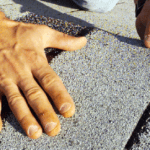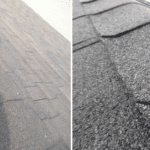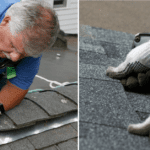How to Connect Air Hose to Air Compressor
Air compressors are the workhorses of various industries, from construction to mechanics, and play a pivotal role in powering a multitude of tools. Understanding the process of connecting your air hose to your air compressor is an essential skill for any DIY enthusiast, home improvement hobbyist, or professional in need of pneumatic power.
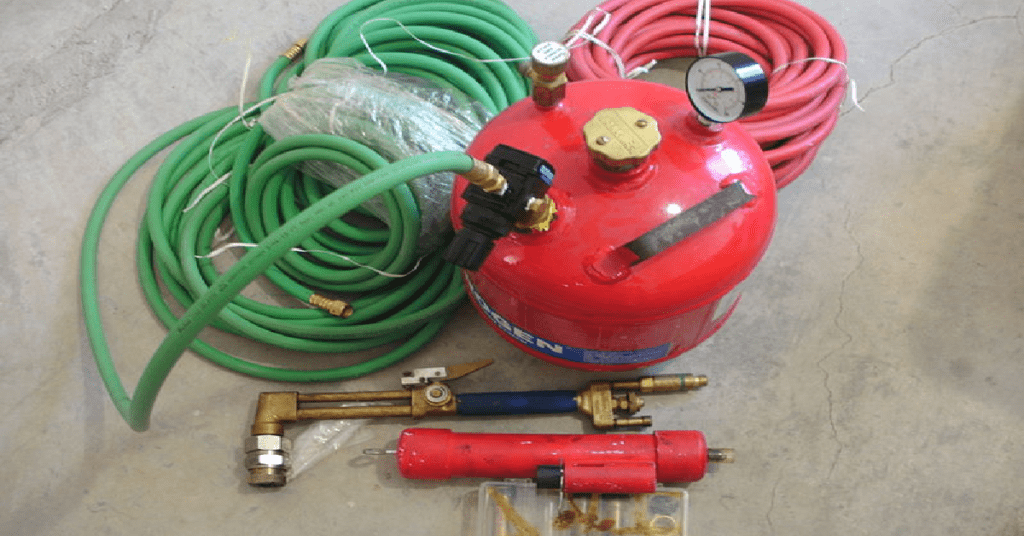
In this comprehensive guide, we’ll walk you through the nitty-gritty of air compressor connectivity, ensuring that you not only create a secure connection but also maintain the efficiency and lifespan of your equipment. Follow our step-by-step process to learn how to connect air hose to air compressor like a seasoned pro.
Choosing the Right Air Hose for Your Compressor
Selecting the correct air hose is about matching it to the task and to your existing equipment. The key factors to keep in mind include the hose’s diameter, length, and material.
- Diameter: The inner diameter of your hose will impact the airflow and the required psi for optimal operation. A larger diameter delivers higher airflow and is a must if you’re running multiple tools off the same line or for high-demand tools like sandblasters.
- Length: A longer hose can be beneficial for working on larger projects or in more extensive workspaces. However, longer hoses can also cause a drop in psi, which might impact some tool performance.
- Material: The two most common materials for air hoses are rubber and PVC. Each material has its pros and cons. Rubber is flexible and durable but heavier, while PVC is lighter but can be less rugged in demanding environments.
Selecting the Appropriate Fittings
Fittings are crucial in ensuring the compatibility of your air hose with other equipment. Common types of fittings include quick connect, barb, and threaded, each suitable for different purposes. It’s essential to double-check that the fittings you select match the threads of your air compressor outlets and the inlets of your tools.
Quick connect fittings are the most popular choice due to their convenience and speed of use. They allow for quick tool changes without having to continually screw and unscrew fittings. Remember, male and female fittings should always complement each other to prevent any air leaks.
The Preparation Step
Before connecting anything, switch off and unplug your air compressor to eliminate the risk of electric shock and accidental starts. Check the hose and fittings to ensure there is no damage and cleanliness, especially if they are new. Grime or debris can negatively impact the seal and lead to leaks.
Connecting Your Air Hose
- Prepare the Hose: Lubricate the barbs of the fitting and the inside of the hose with a small amount of pneumatic lubricant. This will facilitate smoother installation and eventual removal.
- Install the Fittings: Push the barbed end of the fitting into the hose until it’s fully seated. If you’re using a quick connect, it’s as simple as pushing it in until you hear a click. For barb and threaded fittings, tightening them securely is vital. Two to three turns after hand-tight is a good rule of thumb.
- Connect to the Compressor: For quick connects, push the fitting onto the compressor’s outlet. Again, wait for the click to ensure it’s properly secured. If using threaded fittings, a wrench may be necessary to tighten them, but be cautious not to overtighten.
Testing the Connection
With your hose securely connected, it’s time to test the setup. Turn on your air compressor and check for any hissing or visible leaks. Employ a soapy water solution or a commercial leak detector to identify any problematic areas.
Run the compressor for a short while to pressurize the system, then listen and feel for escaping air. If you detect a leak, switch off the compressor, depressurize the system, and re-examine the connections. Leaks can sometimes be fixed by re-tightening, but damaged equipment may need replacement.
Safety Measures for Working with Air Compressors
Improperly connected air hoses can lead to injury and property damage from unexpected whipping or bursting. Always follow these safety guidelines:
- Use safety goggles when working with pneumatics, especially during testing for leaks.
- Keep all connections in line to prevent twisting or kinking of the hose.
- Make sure the installed fittings are rated for the maximum psi of your air tools.
- Use a tether to secure your hose if it’s longer to prevent tripping hazards.
Maintenance Tips for Your Air Hose Connection
To ensure the longevity and functionality of your air compressor setup, regular maintenance is essential.
- Routinely inspect hoses and fittings for wear, cracks, and other damage.
- Drain moisture from the compressor tank after every use to prevent rusting and contamination of the air.
- Clean your air hose regularly, especially if you’ve been using it in a dusty environment.
- Lubricate your quick connect fittings regularly to maintain functionality.
Troubleshooting Common Issues
Even with the best setup, issues can arise. Here are a few common problems and their solutions:
Air Leaks
- Causes: Leaks can occur due to loose fittings, damaged hoses, or corroded equipment.
- Solutions: Tighten all fittings, consider replacements for damaged components, and clean corroded parts.
Hose Kinks
- Causes: Kinks often occur due to improper storage or high-pressure usage.
- Solutions: Unkink the hose and avoid sharp bends or twists. Consider storage solutions that prevent kinking.
Inadequate Air Pressure
- Causes: The compressor may not be set to the correct psi, or the hose length and diameter may not be suitable for the tool.
- Solutions: Adjust the compressor’s output pressure and consider using a larger-diameter or shorter hose for high-demand tools.
Expanding Your Knowledge
Connecting an air hose to an air compressor is only the tip of the pneumatic iceberg. Consider enrolling in courses or workshops that focus on compressor operations and the safe use of pneumatic tools. Additionally, stay informed about the latest industry standards and best practices.
FAQs on Air Hoses and Compressor Connections
How do I know if my air hose is the right length for my tools?
Measure the distance between your compressor and farthest tool. Add a couple of feet for maneuvering and purchase a hose with that total length.
What’s the best way to store air hoses?
Hang them from hooks or use a hose reel to prevent kinking and damage.
Should I use PTFE tape on threaded fittings?
Yes, it can help create a tight seal and prevent leaks. But be sure not to overdo it as too much tape can cause the threads to strip. Also, always remember to turn the connectors clockwise when connecting them to avoid undoing the tape.
What’s the difference between NPT and BSP air hose fittings?
NPT (National Pipe Taper) and BSP (British Standard Pipe) are two types of threading standards for plumbing and fittings. The main difference is in the angle and thread profile. NPT has a 60-degree angle and flattened peaks and valleys, while BSP has a 55-degree angle with rounded peaks and valleys. It’s important to match the correct type of fitting with your compressor and other equipment to avoid threading issues.
Can I use Teflon tape on air hose fittings?
hose fittings to create a tighter seal, especially with threaded connections. Ensure that when applying Teflon tape, you wrap it in the direction the fitting will be screwed into the connection to prevent unraveling. Use white tape for NPT threads to avoid mixing standards, and apply it sparingly to avoid tape ingress into your air system.
Conclusion
Mastering the art of connecting an air hose to your air compressor is a valuable skill for any DIYer or professional. By selecting the right hose and fittings, performing a diligent preparation step, and ensuring a secure connection, you’re not only on the path to safer and more efficient pneumatic operation but also to an overall better workshop experience. Remember, pneumatic tools can be powerful allies, but they must be handled with care and respect. Keep learning and stay diligent, and you’ll reap the full benefits of your pneumatic setup for years to come.
